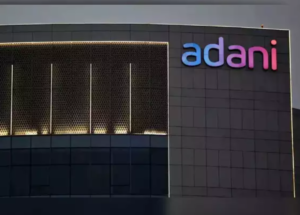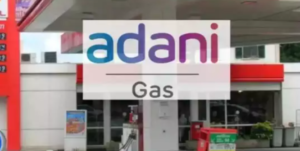The Adani Group’s stocks have experienced a spectacular comeback in the last year, with seven of the ten stocks rising by 25% to 100%. The group’s overall market value increased by 57% as a result of this boom, from Rs 10.92 lakh crore to roughly Rs 17.15 lakh crore a year earlier (Data Source: ACE Equity). Based on data from Trendlyne, a SWOT analysis shows that the majority of these stocks have solid fundamentals and a large potential for long-term growth, with strengths outweighing weaknesses.
.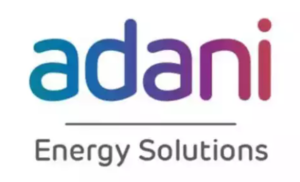
1. Adani Green Energy
The stock has increased by 104% in the last year, from Rs 1,007 to Rs 2,058 per share. The 52-week high is 2,174 rupees.
-Increasing operating cash flow for the last two years.
-Over the previous two years, the company’s net cash flow has improved and it has generated net cash.
-During the previous two years, annual net profits have increased.
-Over the past two years, book value per share has increased.
-Trading close to the 52-week peak
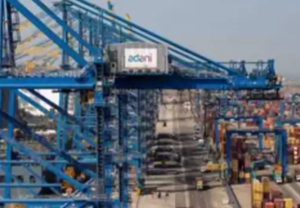
2. Adani Ports and Special Economic Zone
The stock has increased 79% in the last year, from Rs 821 to Rs 1,472 per share. The 52-week high is 1,608 rupees.
-During the previous two years, annual net profits have increased.
-Over the past two years, book value per share has grown.
-The promoter promise for the company is declining.
-Institutions, FPIs, and FIIs are increasing their stake
-Last quarter, mutual funds increased their ownership stake.
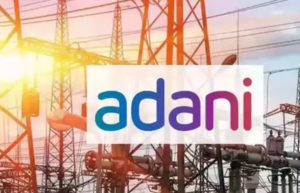
3. Adani Power
The stock has increased 76% in the last year, from Rs 377 to Rs 665 per share. Rs 897 is its 52-week high.
-With rising profit margins (QoQ), net profit has increased.
-Over the previous four quarters, revenue has increased each quarter.
The last two years have seen an improvement in annual net profits.
-Over the past two years, book value per share has increased.
-The promoter promise for the company is declining.
-Last quarter, mutual funds raised their stake in shares.

4. Ambuja Cement
The stock has increased by 45% in the last year, from Rs 430 to Rs 624 a share. Rs 707 is its 52-week high.
-Over the past two years, Return on Capital Employed (RoCE) has improved.
– The business has less debt.
-Over the past two years, book value per share has grown.
-The business has received no promoter promise.
-Mutual funds have increased their shareholding over the past two months
